-
Posts
23 -
Joined
-
Last visited
Posts posted by UnknownO
-
-
I made the bsp and config files of the new pat file for DS3615xs
(I will make the bsp and config files of ds918+ later today)
Welcome to test (I have not tested usability,If you can’t boot it, please leave a message to me!)
And you can download the old pat of DS3615xs from here:https://share.llilii.cn/xpenology/pat/dsm7.0.1-42218/DSM_DS3615xs_42218_OLD.pat
https://github.com/unknown-o/redpill-load
-
 3
3
-
-
9 minutes ago, Aigor said:
Can you be more specific?
Hello, you need to compile redpill.ko through the toolkit, and then use the version submitted by pr in the redpill-load repo.
-
-
Has anyone installed DSM7.0 successfully? I have successfully installed DSM 6.2.4. But still unable to install DSM7.😂
-
4 hours ago, UnknownO said:
Ok, now I have found the reason, the binary patch seems to be unsuccessful. Although the installation page appears, the ramdisk error is still reported when viewing the kernel log
The current kernel binary patch seems to be completed. But I don’t know if it is redpill.ko compilation error or insmod location error.
-
8 hours ago, Orphée said:
Check you are with USB2 and not USB3. I had this issue with 6.2.3 for installation on VM. Once installed you can switch back to USB3.
Ok, now I have found the reason, the binary patch seems to be unsuccessful. Although the installation page appears, the ramdisk error is still reported when viewing the kernel log
-
 1
1
-
-
16 minutes ago, BlaBla1973 said:
Nice,
I found this "solution" for the file corruption (13)
If you get the following error ”Failed to install the file. The file is probably corrupted. (13)” it means your VID and/or PID is wrong. If you are 200% sure that your VID/PID is correct and you still get that error message then try to 'Force Install'
Or this one :
When I had simialr problem, I successfully made this with NO STORED DATA LOSS:
1) Disconnect all the drives
2) Run the jun’s loader as reinstall
3) Find device by find.synology.com or Assistant – there were no drives in the system.
4) Leave browser’s Synology page opened, do not shut down device.
5) Plug disks back in (no matter, if the machine supports hotswap or not)
6) After a few minutes repeatedly refresh Synology’s page (see step 4)
7) After succesfuly loaded installation page reinstall system. Do not forget to check manual upgardes only.Notes:
a) Stored files will be kept untouched, but apps, settings and other data will be removed.
Settings can be restored via previously saved ones.
b) If reinstallation crashes, reset your device and go through standard “1st time” instalation process.
Hello, I tried Force Install now, but this problem still occurs. I don’t have any options... I can only wait for ThorGroup to answer.
-
-
2 minutes ago, jumkey said:
ok, let me try
-
-
25 minutes ago, jumkey said:
I can't understand how you repackaged bzimage, can you share more information?
By the way... now you can boot the new kernel and install dsm6.2.4?
-
16 hours ago, yanjun said:
I'm not gonna go into details of how it is done (as I said, it's ~10 pages of notes) as when I clean it up it will be shared as an open-source tool with docs. However I will only say that:
Flow cannot be directly applied to an unpacked kernel, as some files are missing (information is stripped while building the kernel and cannot be recovered from bzImage, yet the process makes calculations based on these pieces)
Some ASM modification is required to the sources to make it buildable
The kernel build process has parts which weren't touched since 90s', and it is at times a very spaghetti code (e.g. bash generating C which generates ASM with printf()s)
Kernel uses non-standard hacky Makefile tricks
Only some objects in the kernel source tree can be MAKEd without building the whole thing
I discovered that the 10-years old script present in the kernel source doesn't ACTUALLY produce a correct file but I had no energy to develop a patch for it
this is kill129 said beforeIt seems that we can only wait for ThorGroup to publish the tutorial. .
At my half-hearted level, I can’t solve this problem.😂😭
-
20 minutes ago, jumkey said:
This is just my guess, without any practice
https://github.com/RedPill-TTG/dsm-research/blob/master/Jun loader/README.md#versions link is broken but you can find it
I can't get genzImage, So now I have no way, wait for ThorGroup to share more details
-
5 minutes ago, jumkey said:
vmlinux.bin
Does vmlinux.bin here refer to the vmlinux of objcopy?and Where can I download the jun's script?
emmm,In addition, I think no one should reply to this question and answer. This is a question and answer in June.
-
18 minutes ago, intrax said:
I found that this does not seem to be zImage, it seems to be bzImage. Because when I checked the information, I found that zImage seems to be compressed with gzip,but this kernel uses lzma compression. And using the file command also shows that this is bzImage(see the upload image).
I rummaged through the search engine results, but didn't find a useful one. Basically it is about how to compile Linux to get bzImage...
PS:I tried to cut the head of this zImage and merge it with the modified vmlinux compressed by lzma to get a new zImage, but when booted with grub, the virtual machine crashed directly
-
5 minutes ago, UnknownO said:
but I don’t know how to package vmlinux into zImage
I tried to search for "vmlinux packaged as zImage" on Google, Baidu, and Bing, but I only found the Android zImage packaging tutorial or Linux compilation tutorial
-
20 hours ago, ThorGroup said:
We don't compile the kernel. We use DSMs kernel + binary patches from the dsm-research repo patches. You can load the patched image using kexec or repack it to boot from grub. You CANNOT use Jun's loader for this. Currently, we only published sources for the LKM. This is not because we have some secret one but because the kernel modification process is MUCH easier to do.
To give you a glimpse of how we do the development we will just say that it's a manual process. We deliberately did not write a step-by-step instruction because we don't want regular folks making YT videos how to hack this around. It is NOT production safe yet. If you want to play with it as a developer simply compile GRUB (or even just copy one from any Linux distro from /boot). Then get the kernel + rd.gz from 25556 PAT file. Next apply binary patches from dsm-research repo and put redpill ko in the rd.gz. Next modify the init script to include redpill loading at the very top.
We are looking here and discussing what you guys bring but we publish updates in batches as we don't want to rush with conclusions or publish FUD. It takes some times as we have full time jobs, families, kids, and socialize sometimes too (despite the rumors developers do sometimes leave their caves ;)).
Hello, I followed your method and successfully added redpill.ko to the ramdisk. However, when adding a binary patch to zImage, I successfully decompressed zImage and obtained vmlinux, and used the php file in the GH repo dsm-research for kernel patching, but I don’t know how to package vmlinux into zImage, So, currently I am stuck ramdisk corrupt
Looking forward for your reply, thank you!
-
3 hours ago, calimansi said:
Hi,
I'm a computer engineer by education, but not professionally. Couple questions for this excellent project:
- Are all of the DSM apps built into the kernel? This is an interesting way to get this done... no wonder they don't want to just give it away.
- Since we're compiling from the actual DSM kernel, does this mean we can build this for any model that Synology makes (more than just what is offered by Jun)? I can see some awesome projects coming out of this possibility.
I'm excitedly looking forward to a tutorial how to build this with your patches.
Thank you.
I am an amateur, I spent a whole day trying to compile the other day, but only got redpill.ko. And I don’t even know how to use redpill.ko and add it to the core of Synology
It is also expected that the author of this patch will announce how to use or compile the kernel. But... he seems to have not logged in to this forum for a long time, he last logged in on Friday
-
1 minute ago, yanjun said:
So whether we can establish a developer discussion group, similar to discord, telegram or others, I don’t know if this is compliant, I will try to establish one first, and welcome everyone to join so that we can iterate this project more efficiently.
telegram: https://t.me/joinchat/eYcaYV4ywDY4MWU9I think this is a good way of communication.
-
30 minutes ago, ThorGroup said:
You cannot mix Jun's kexec kernel patching with RedPill LKM. You have to patch the kernel with binary patches.
wow, this touched my knowledge blind zone. Can you share how to compile the kernel
PS: I also got an error when compiling on the Linux 4 kernel
-
I downloaded this file and compiled it according to the way in readme.md. And added the compiled file to extra.lzma. But still unable to start 6.2.4
-
Cool!So... now it can work on QEMU?
PS: I want to join the test


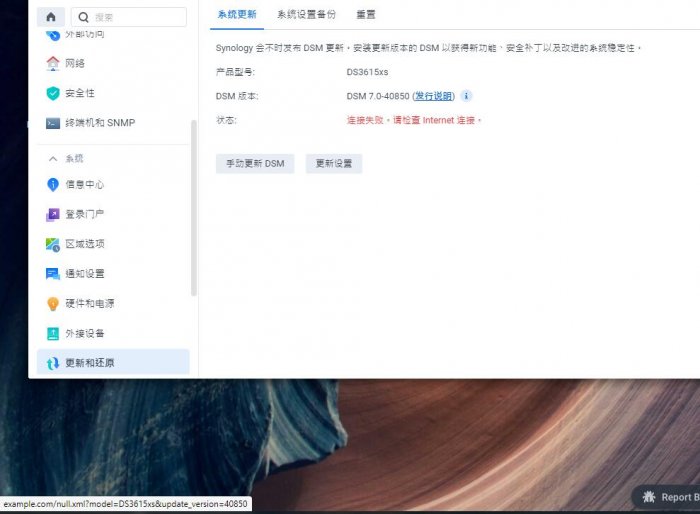


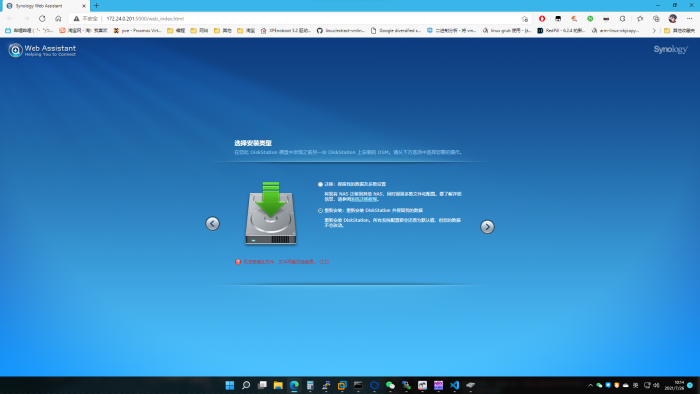
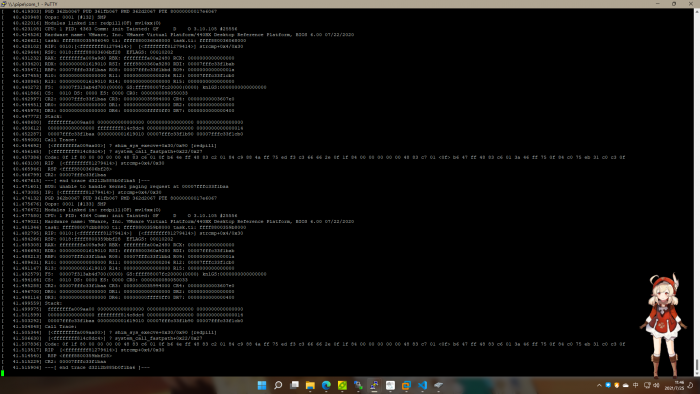
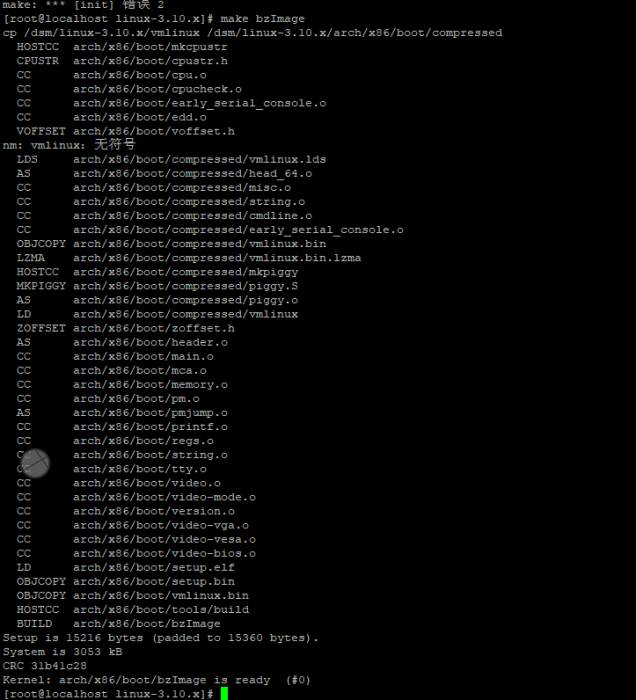
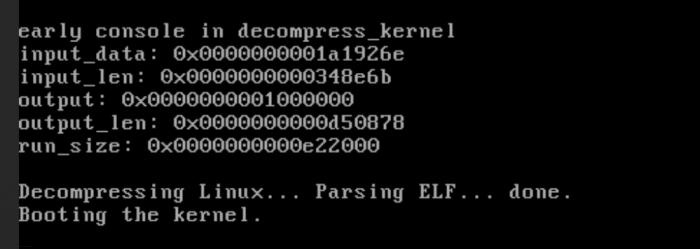

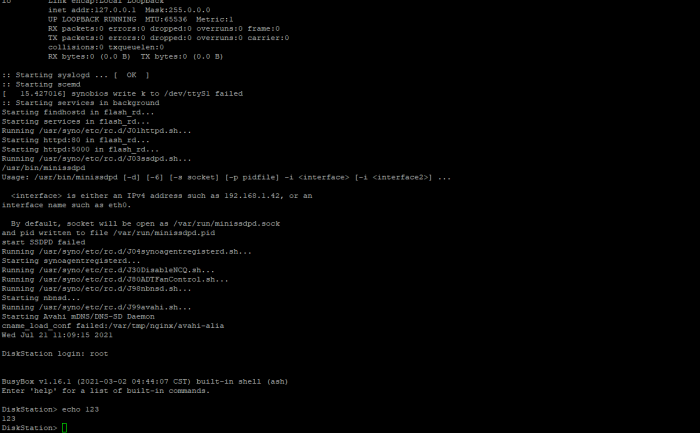

I have a question about vfio_iommu_type1.allow_unsafe_interrupts=1, can you help me?
in Hardware Modding
Posted
Many article mentions that enabling vfio_iommu_type1.allow_unsafe_interrupts=1 may have security risks.
I have a question: Does the security issue here refer to the fact that the virtual machine can only be caused by penetrating the physical PCI/PCIE device? If pure virtualization (such as only starting a standard virtual machine without any penetration) will not cause this security problem?